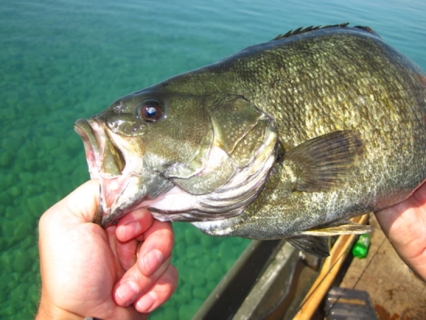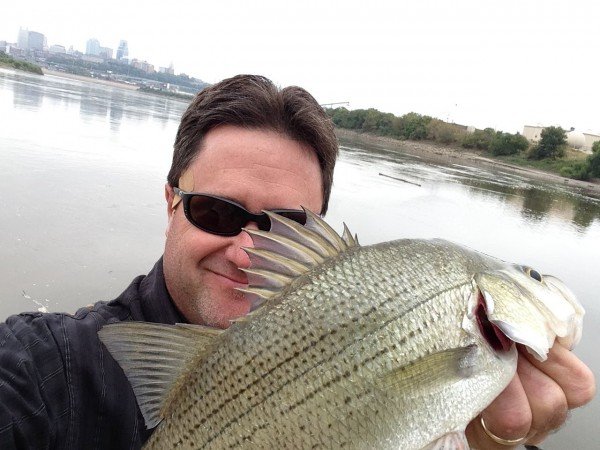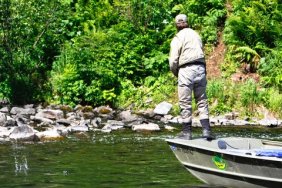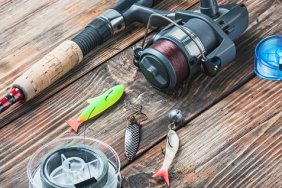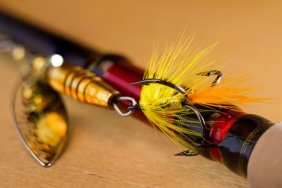White bass can offer some exceptional summer angling action, but in order to take advantage of this opportunity, you must understand the best tactics to catch these feisty fish.
It is true that white bass are not among the most popular game fish around, but those who pursue these fish know they can offer a fun opportunity and a change of pace during the summer months. Here are some key tactics that will help you catch more white bass.
Where to find them
White bass are typically found in large to medium-sized rivers, but they also inhabit larger lakes and reservoirs in some areas. Part of the fun of catching white bass is that they travel in schools, which means if you catch one fish, there are plenty more nearby.
During the summer, white bass are continually moving in search of food. One of the best tactics for locating their schools is to watch for feeding activity on the surface. They will often be feeding on baitfish right at the surface, often breaking the water as they feed.
If no surface activity is visible then the white bass are likely feeding on baitfish in deeper water. Look for them near humps or ledges or where deep water meets a shallow water flat. During the evening white bass often come into shallow flats to feed on baitfish. Sometimes they will be found in just a foot or two of water, right near the shoreline.
Best baits
When white bass are feeding at the surface, one of the best tactics is to skim a small spinner or spoon along the surface. It is easy to spook white bass, so an effective approach is to cast past or to the edges of the school. If you plop your bait right on top the school, you will likely scare the fish and significantly decrease your chances for success.
Flies also work well when the fish are surface feeding. You can present your flies with a fly rod or by using a float with your spinning gear.
If white bass are feeding in deeper water, you will have to change your technique. The best bait choice for deeper water is a jig. Grub tail jigs are particularly effective, but experiment with different varieties, because effective colors and shapes can vary from one day to the next. The best tactic when jig fishing is to bounce your jig right off the bottom.
Spoons can also be effective when the fish are in deeper water. Try a fast retrieve or try bouncing the spoon off the bottom, like a jig.
Tackle
White bass are not large fish, so lightweight spinning gear works particularly well. In most cases 4 to 6-pound test line is more than enough to land these fish. The lightweight gear also is a benefit when throwing small baits.
A 4 to 6-weight fly rod is another option when the fish are feeding at the surface.
Photo credit: Youtube
Fish gallery
-
Fishing Files
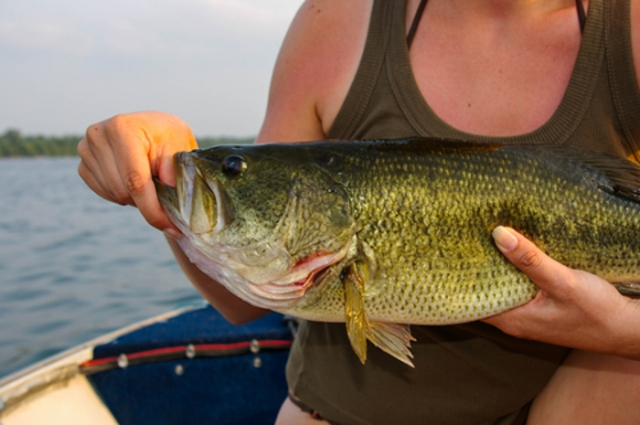
-
Striped Bass
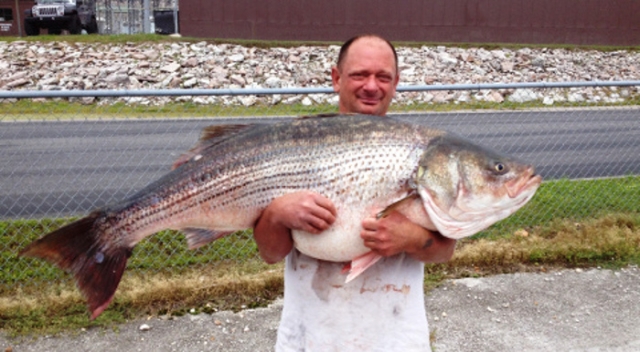
-
Fishing Files

-
Smallmouth Bass
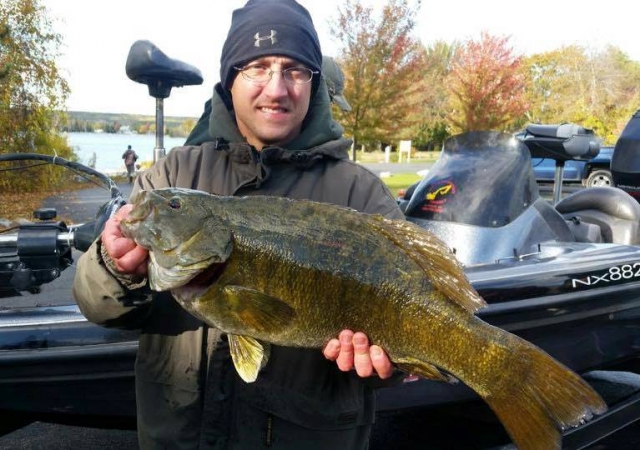
-
Fishing Files
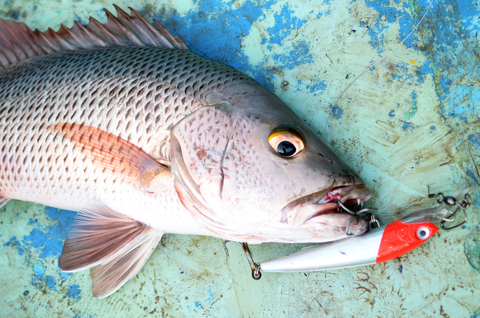
-
Fishing Files
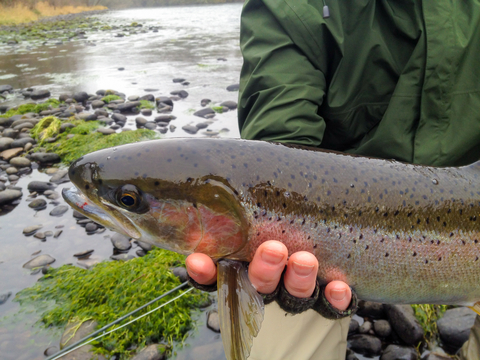
-
Largemouth Bass
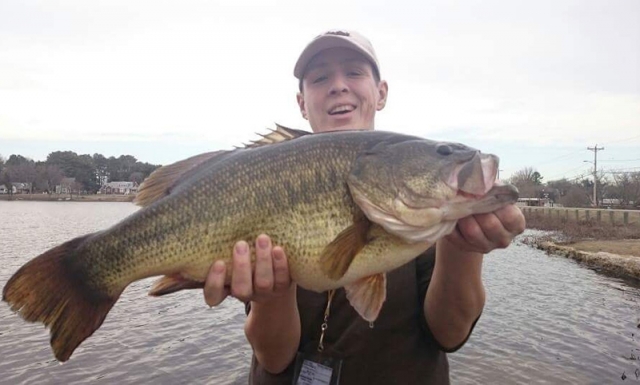
-
Fish fail in Russia
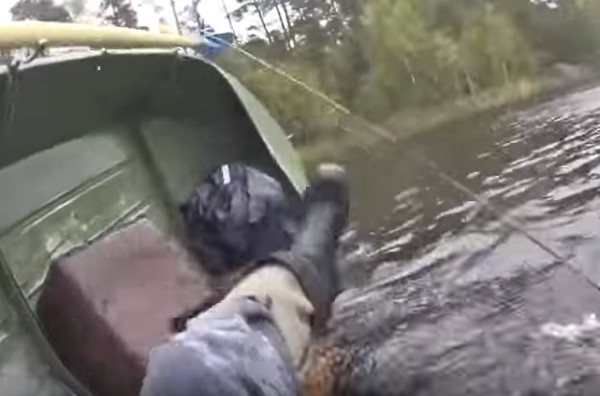
-
Bait fish
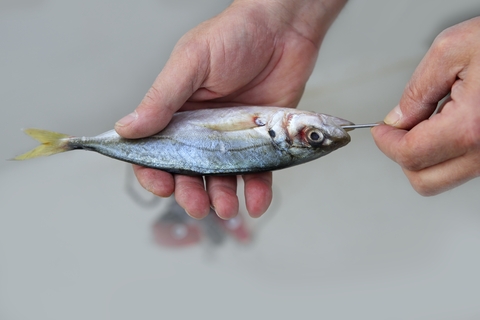
-
Fishing the weeds
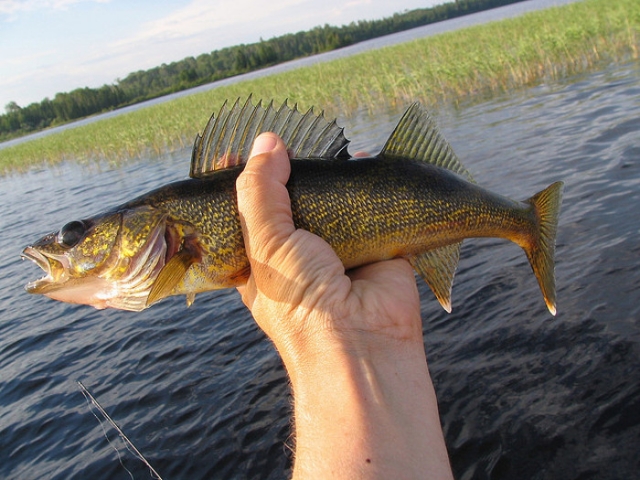
-
Fishing Waders
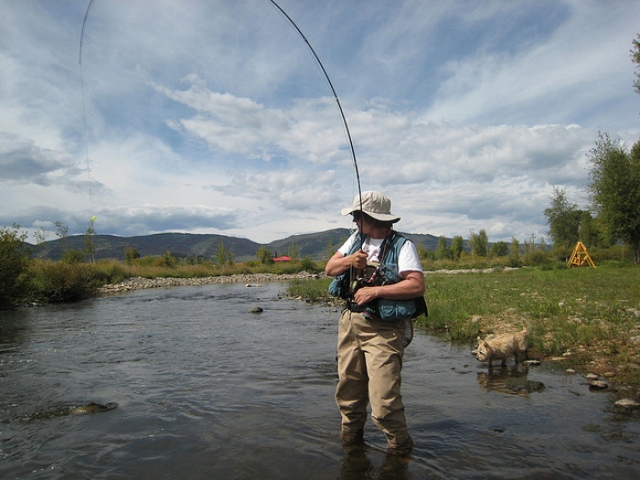
-
Old Man Fishing
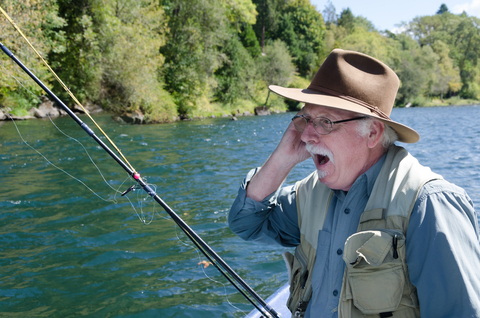
-
Fishing
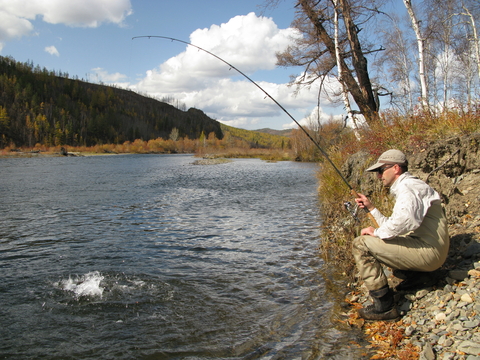
-
City Fishing
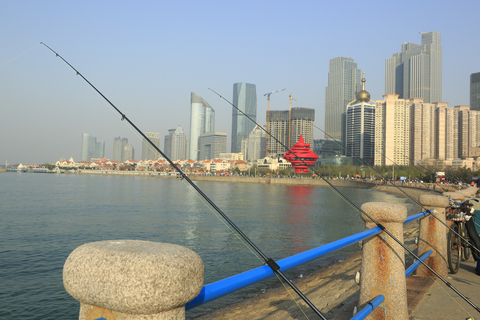
-
Fishing the cold
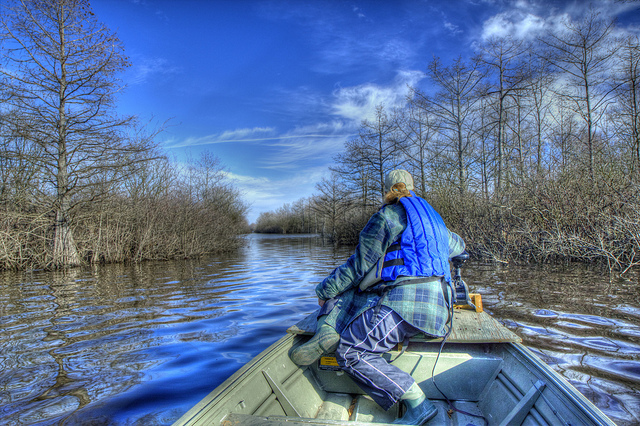
-
Fishing sunset
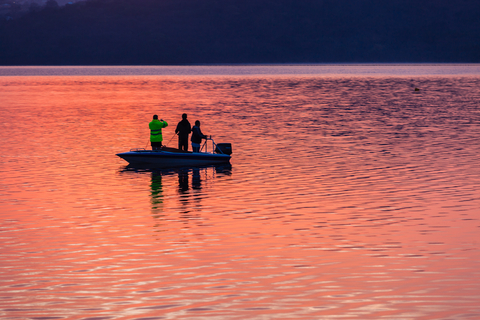
-
Bank fishing
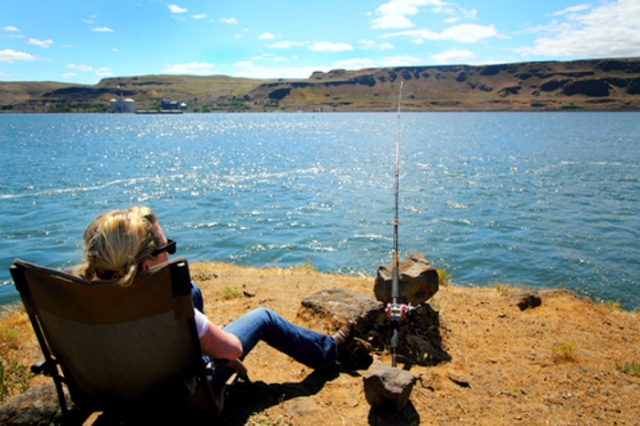
-
Day glow fishing boat
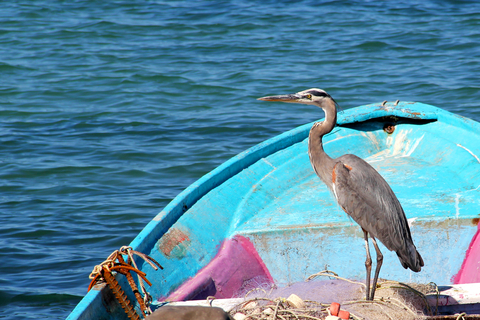
-
Fishing Pro
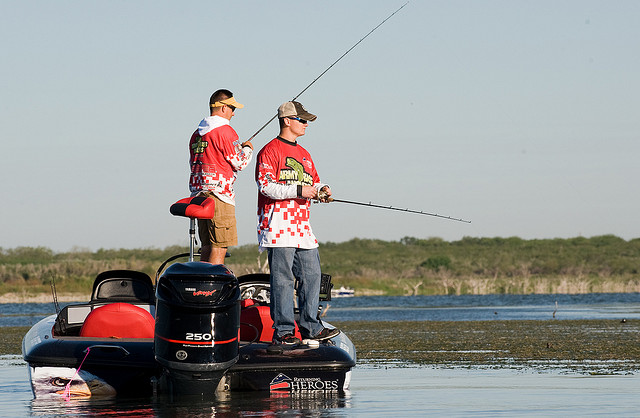
-
Fishing
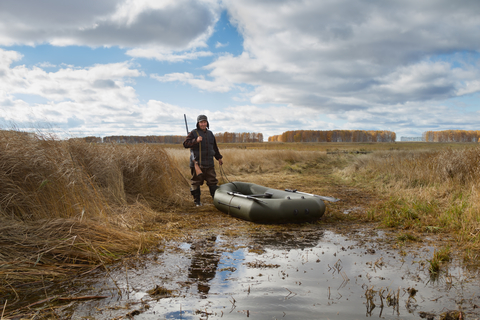
-
Fly fishing
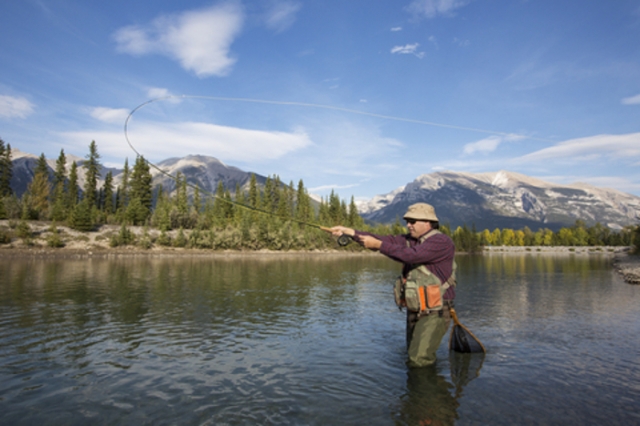
-
Fishing Files
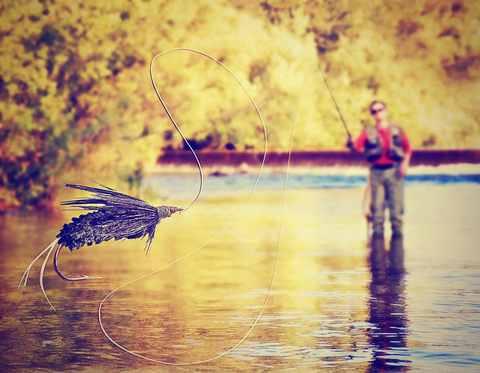
-
Fishing Files
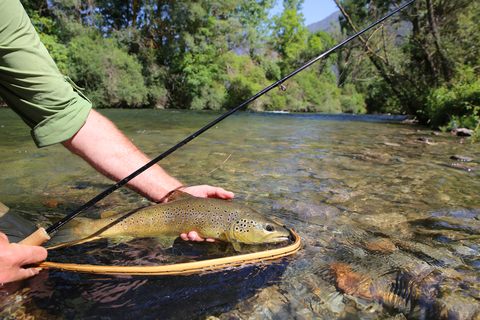
-
Fly reel
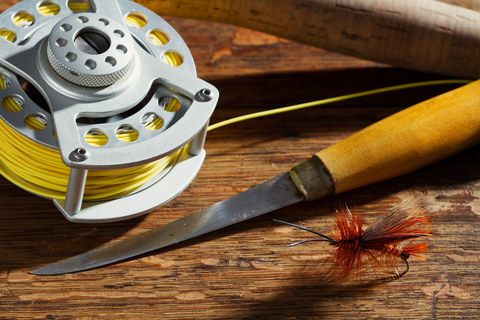
-
Gar Fish

-
Golden Trout
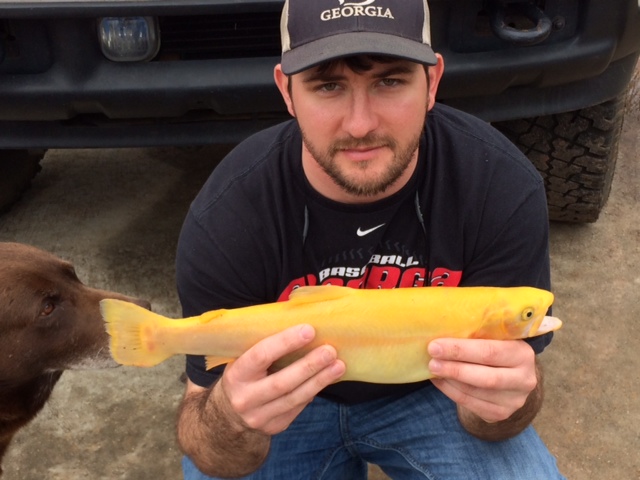
-
Ice Auger
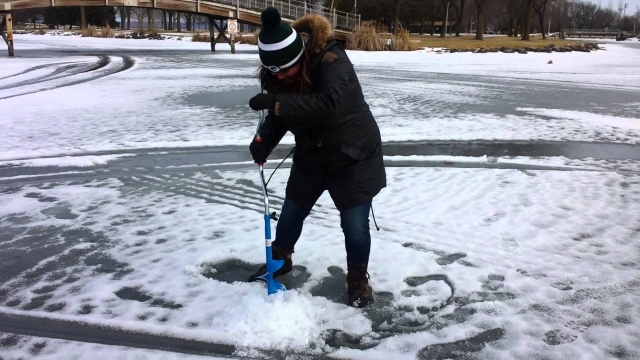
-
Ice Fishing
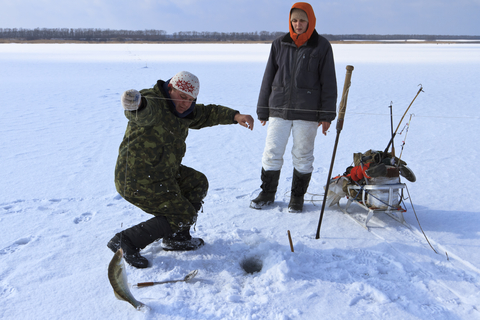
-
Halibut
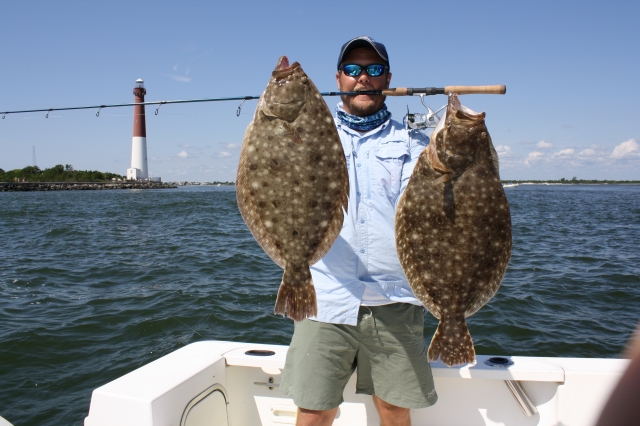
-
Bass Fish
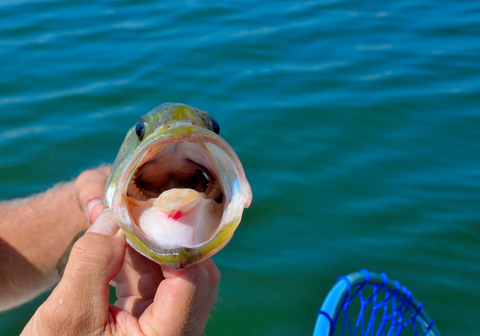
-
Lobster Dog
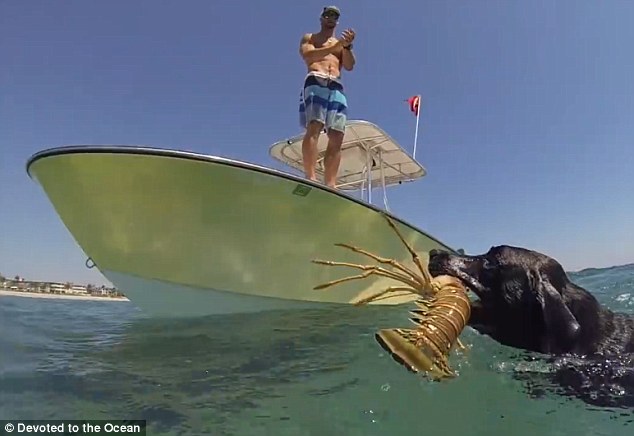
-
Marlin Fishing
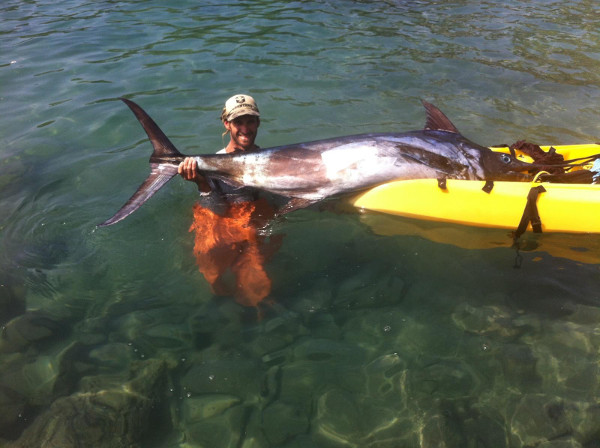
-
Muskie
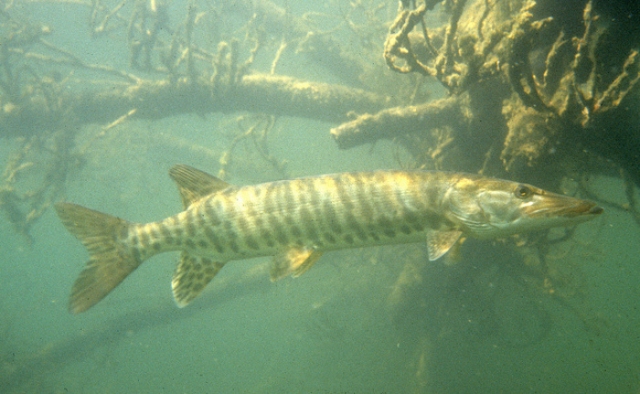
-
Fishing Files
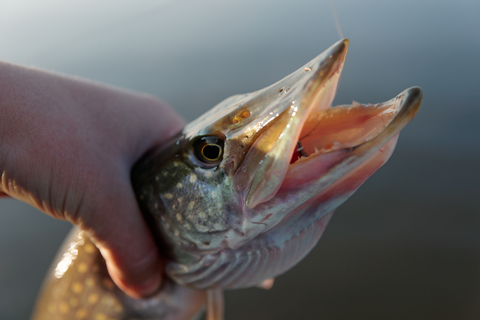
-
Nymph

-
Oarfish
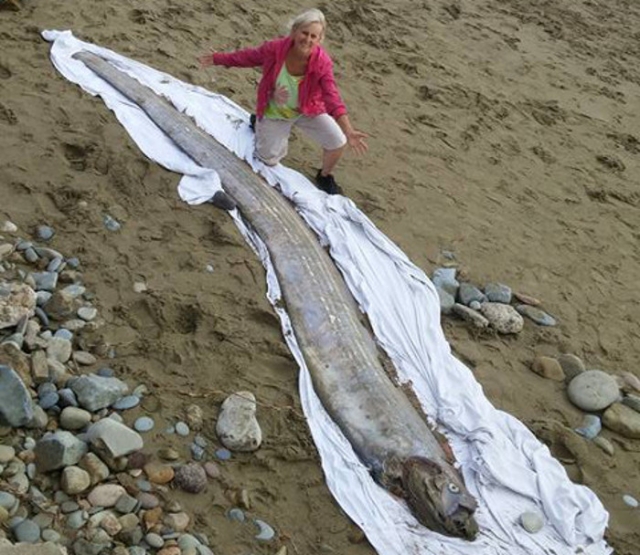
-
Obama Fishing

-
Panfish
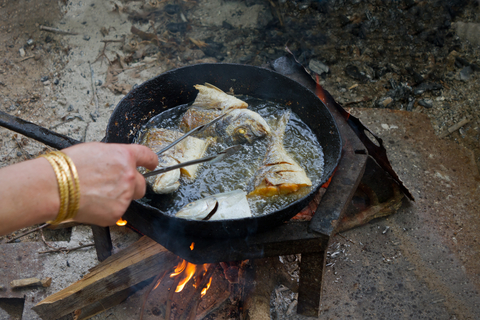
-
Pelican

-
Fishing Files
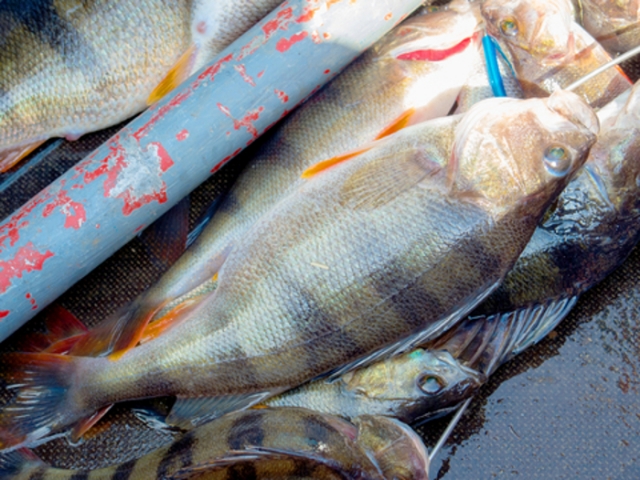
-
Fishing Files
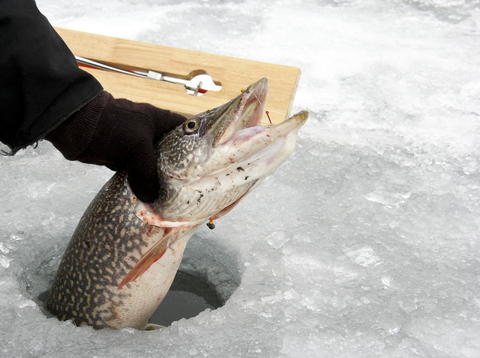
-
Fishing Files
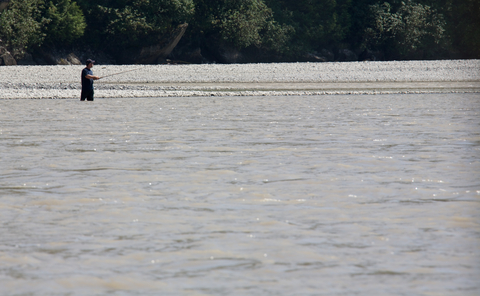
-
Fishing Files
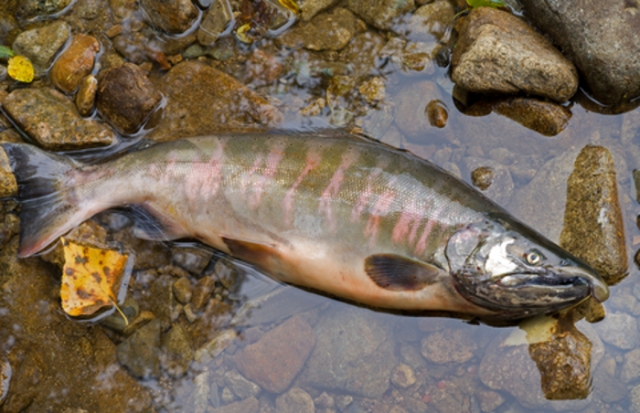
-
Fishing Files
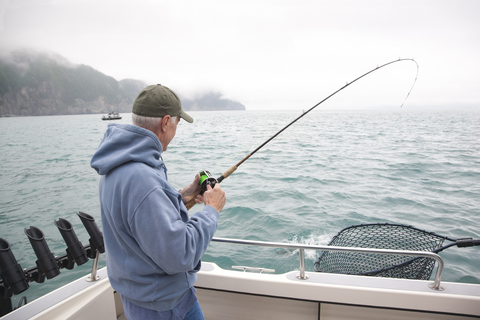
-
Fishing Files
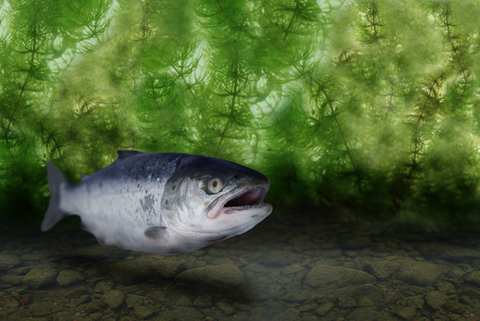
-
Fishing Files

-
Fishing Files
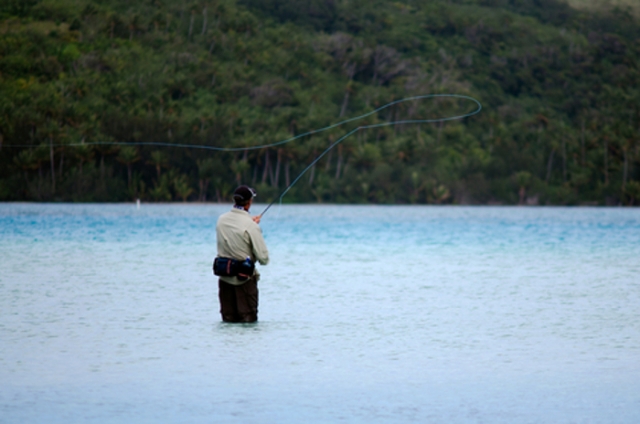
-
Fishing Files
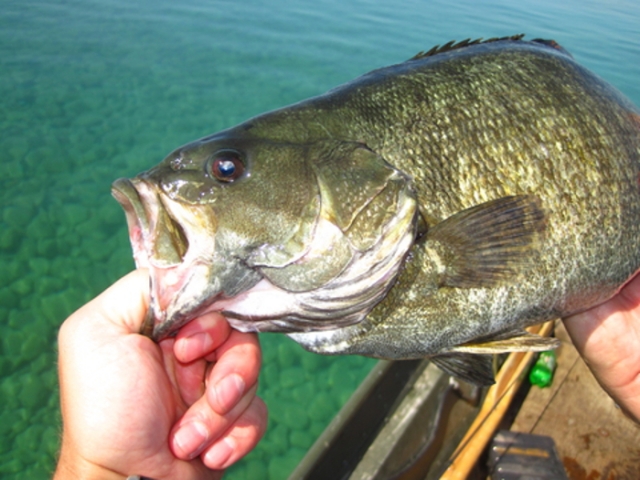
-
Snakehead
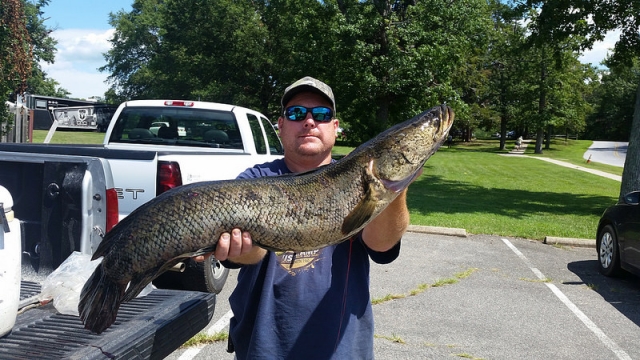
-
Spinner Shark
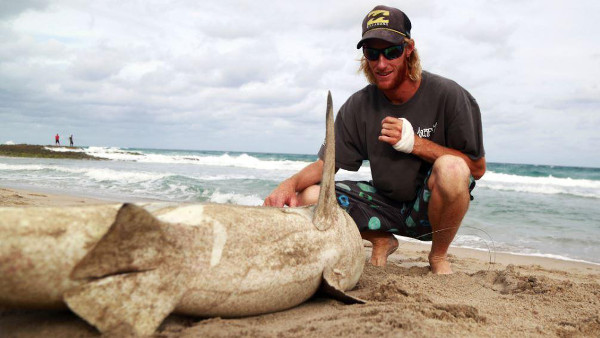
-
Spotted Bass
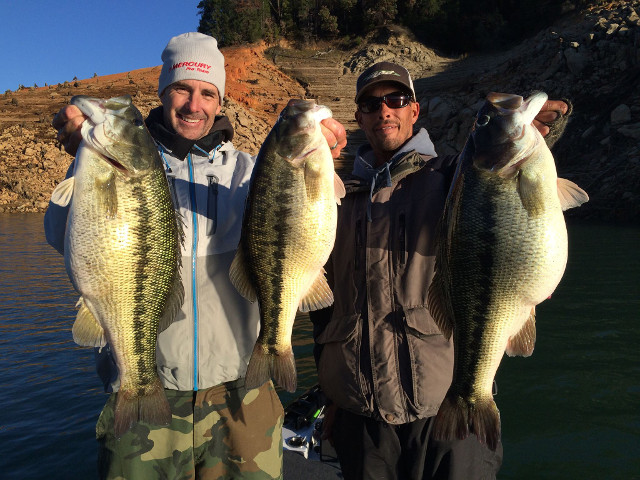
-
Striped Bass
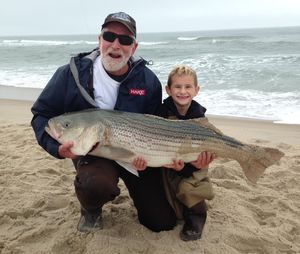
-
Sturgeon

-
Fishing Files
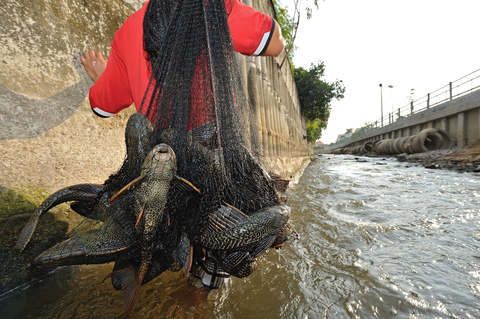
-
Trout Fishing
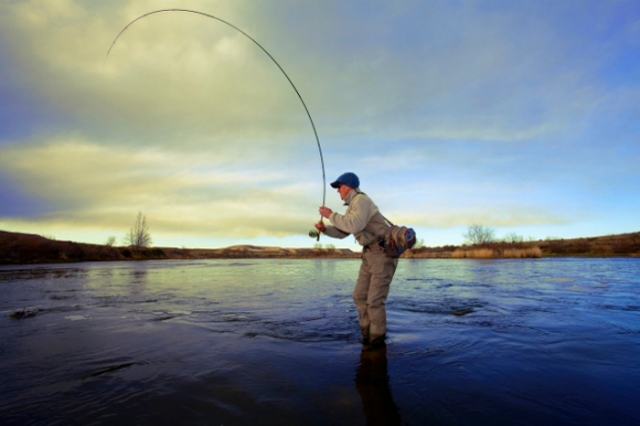
-
Fishing Files
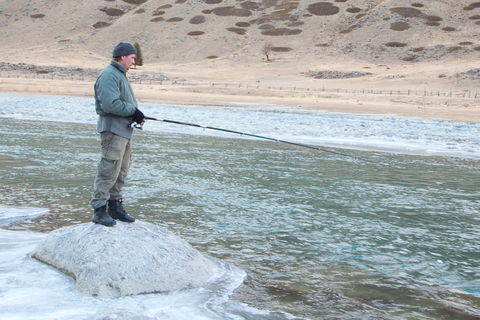
-
Fishing Files
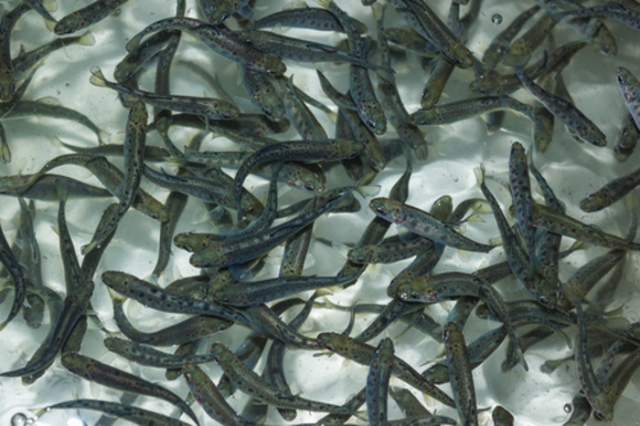
-
Fishing Files

-
Fishing Files

-
Northern Pike

-
School of Karanteen
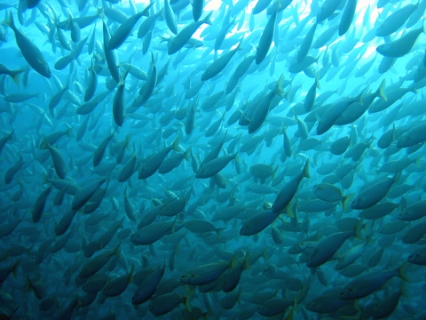
-
Walleye
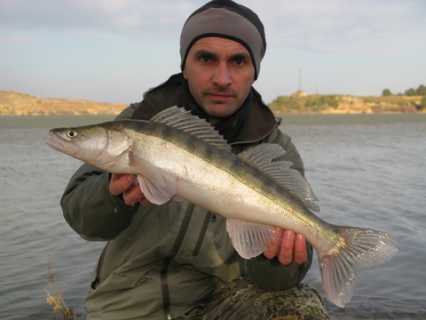
-
Goliath Grouper

-
Barracuda

-
European Chub
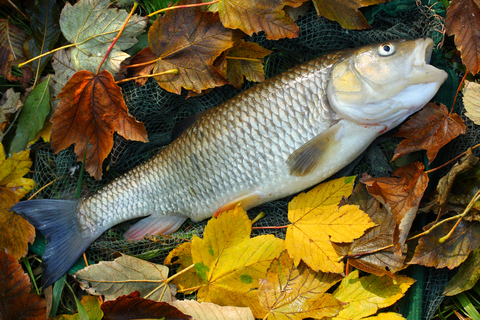
-
Drum Fish
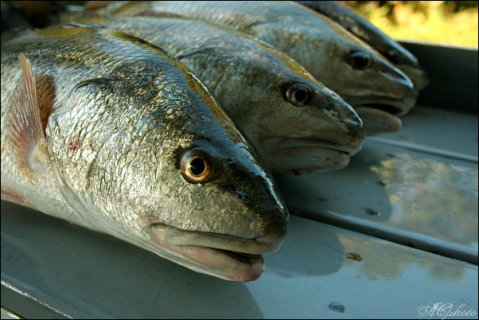
-
Grouper
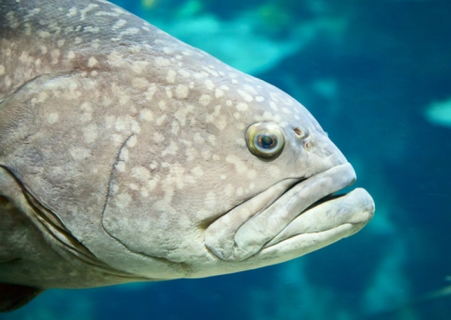
-
Blue Catfish

-
Catfish
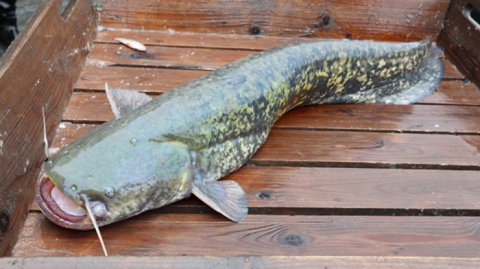
-
Star Puffer Fish
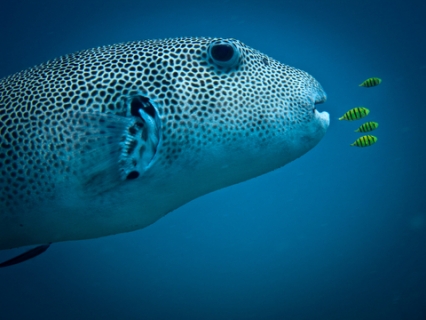
-
Napoleon Fish
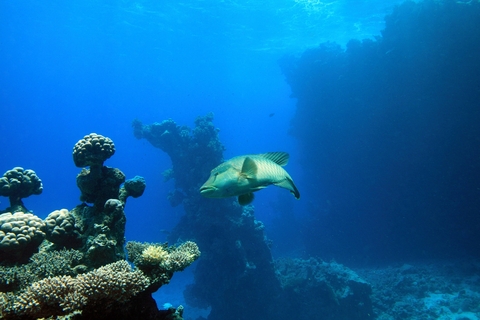
-
Smoked Trout
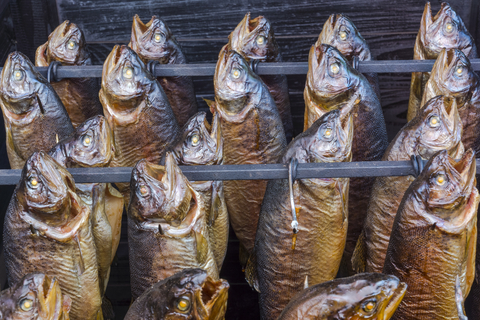
-
Perch

-
Smallmouth Bass
